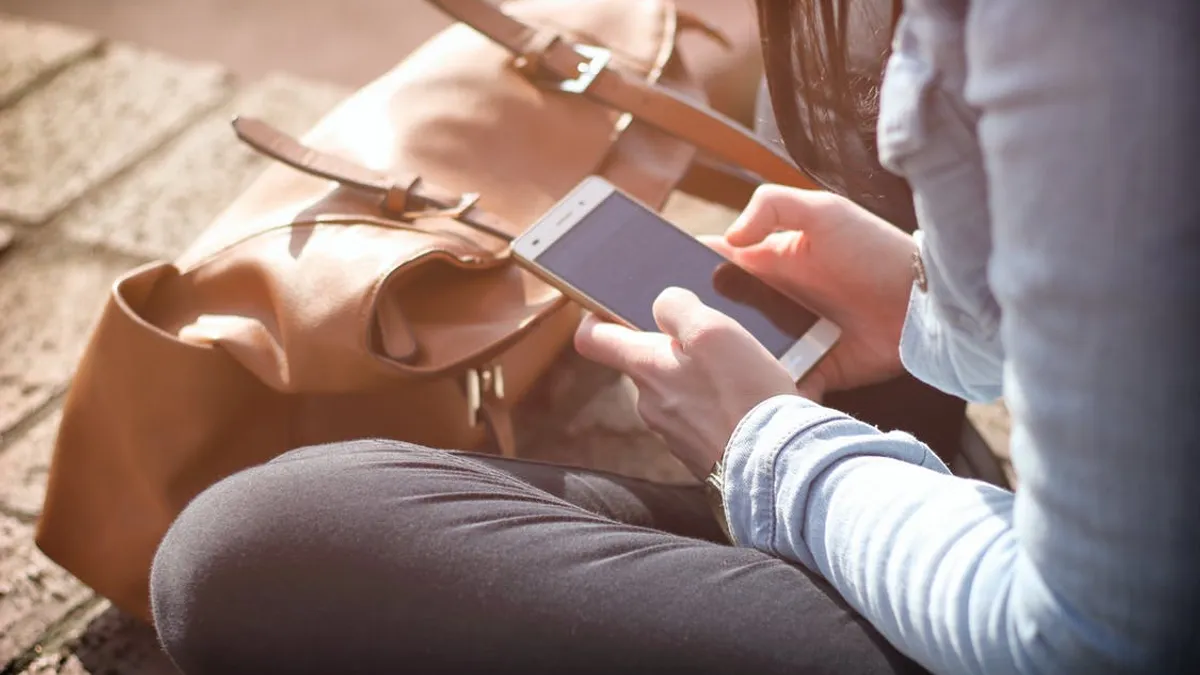More college students are seeking mental health counseling, stressing institutions' already-strapped services.
Visits to campus counseling centers climbed 30% to 40% between the fall of 2009 and the spring of 2015, according to the Center for Collegiate Mental Health. Enrollment, meanwhile, grew just 5% during that time.
That has helped push the ratio of counselors to students to around 740:1 at the smallest schools and 2,000:1 at larger colleges, according to a survey of more than 570 institutions by the Association for University and College Counseling Center Directors (AUCCCD).
And it has contributed to a bottleneck in access to critical mental health care that has campus health officials scrambling for ways to keep waitlists in check. For help, some are turning to telehealth services, which provide care through digital mediums such as text messages, phone calls and video chats.
Along with giving counseling centers another avenue for assisting students, such services let them offer care as it is needed and from wherever students happen to be.
"Every college we've spoken with is bursting at the seams," said Lynn Hamilton, chief commercial officer at Talkspace, an online therapy company. "Supply and demand is an uneven equation."
Services 'where they are'
Meeting students' demand for mental health care is "a constant battle," said Tiffany Howard, who coordinates online counseling and psychiatry services for the University of South Carolina's Student Health Services.
She estimates about 13% of the university's 34,795 students seek mental health counseling. Hiring more staff didn't completely meet the demand, especially during busy times. The university has 30 counselors and seven psychiatrists, she said.
AUCCCD data shows that one-third of college counseling centers reported having a waitlist during the 2017-18 academic year, even though 43% of centers added staff positions during that time, the association notes.
As U of South Carolina officials looked for a more efficient way to help students, particularly those with less-serious issues, they found TAO Connect, an online therapy service. Institutions pay an enrollment-based fee to partner with TAO, which can be used to supplement in-person work with a therapist. It also offers self-paced online learning modules that teach coping skills.
Howard said having an online support option could reduce the number of students who need in-person counseling, and it can let colleges bring the service to students "where they are," she added, "on their phones."
That immediacy also lets students and therapists tackle issues as or right after they happen, Talkspace's Hamilton said, making them better able to deconstruct triggers and resolve recurring issues.
Talkspace, for instance, allows users to text therapists 24/7, with therapists engaging "at least once daily, often more," Hamilton said.
Key considerations
However, working with an outside partner requires college officials to think carefully about how to screen students and which conditions are better handled with in-person care.
Ayesha Chaudhary, staff psychiatrist at Duke University's Counseling and Psychological Services center, said staff members at the institution should first evaluate students to determine whether their care should be through an online platform or a campus-based service. (Duke does not use telehealth services.)
U of South Carolina oversees the TAO service on its campus, which means officials decide which students use it and can alter that care if necessary.
"Video is not appropriate for every person," Howard said, especially for students with chronic stress or severe mental health concerns. After assessing a student's needs, the university may offer them the online option. Students whose problems become more severe can be switched to in-person meetings, while students who are improving can move to online chats, she said.
Use of the tool has increased each semester at the U of South Carolina since it became available in the spring of 2017, Howard said. More than 800 students have used or downloaded the app so far.
Sherry Benton, who founded TAO in 2014 after running the counseling center at the University of Florida, said it typically takes six to 12 months to integrate TAO with a college's counseling services. And doing so requires input from departments including information technology, administration and student affairs, she added.
"Every college we've spoken with is bursting at the seams. Supply and demand is an uneven equation."

Lynn Hamilton
Chief commercial officer, Talkspace
Still, colleges' use of such services is limited. In an informal show of hands during a recent American College Health Association event, about 40% of people in the room said their schools were using online counseling, said Chaudhary. TAO works with 170 colleges.
Chaudhary advises institutions considering such a partnership to know what clinical records are kept and how they can be transferred to college medical staff if needed. If a student is going through a crisis, she added, it would be important for on-site counselors to be able to access notes from telehealth visits.
They also should inquire about the companies' privacy policies, Benton said, specifically how they comply with the federal laws restricting the release of medical and educational information and how they protect client information online.
"I never want to eliminate face-to-face therapy," but the earlier a mental health issue is addressed, the easier it is to treat, she said.

















